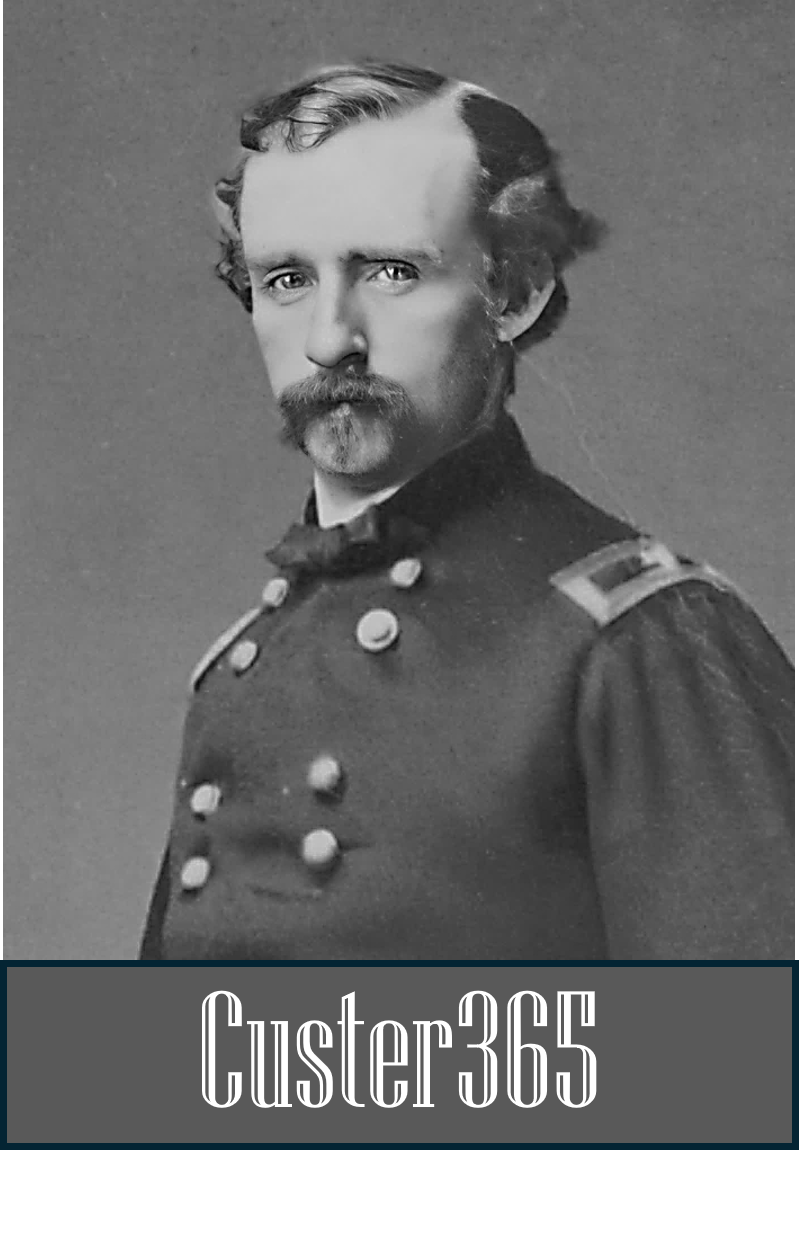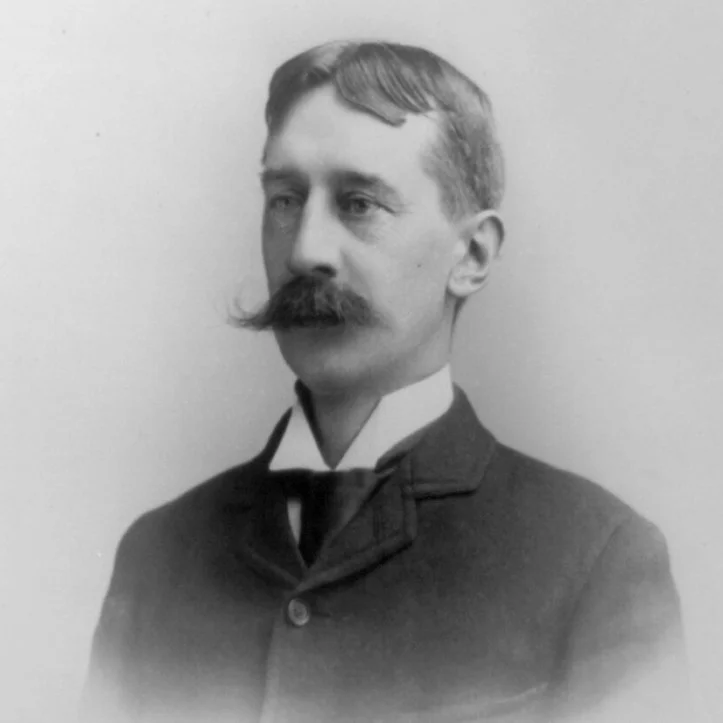JULY 22: Black Hills Arrival
On July 22, 1874, George Armstrong Custer and the 7th Cavalry arrive in the Black Hills, three weeks and 330 miles from Fort Lincoln. They camp for two nights before beginning a full-scale exploration of the region.
Custer’s Expeditionary Force was sent to the Black Hills to choose a location for a new Army fort and to explore the area’s natural resources. Along with the military units, a scientific corps joined Custer. It included Minnesota state geologist Professor N. H. Winchell; paleontologist George Bird Grinnell of Yale University; assistant geologist A. B. Donaldson; and two miners. Also present were photographer W. H. Illingworth, and reporter William Eleroy Curtis. The group also had with it Custer’s favorite Indian scout, Bloody Knife.
Yale paleontologist George Bird Grinnell. (Credit: Library of Congress)
The force’s presence, likely, had violated the Treaty of Fort Laramie, signed in April 1868, which granted the Sioux nation ownership of the Black Hills. The land was considered sacred grounds for the Sioux (also known as the Lakota) and Cheyenne Indians. There, the Native Americans would live on the newly created Great Sioux Reservation.
A May 31, 1874 article from the Sioux City (Iowa) Times summed up the white perspective on Custer’s pending venture into the Black Hills:
“The simple announcement of the fact that the foot of the white man is said to have never entered the Black Hills is of itself a sufficient incentive to fire the desires of thousands to visit that region, and the time has now come when that country will be explored and its hidden resources of wealth unveiled to an interested and expectant people.
“One remarkable superstition of the Sioux Indians is that the Black Hills region is the home of the departed spirits of the red men, preparatory to their going to the happy hunting grounds. In accordance with this prevailing belief the Sioux often visit that sacred region for the purpose of communicating with the spirits of the departed ones; and being possessed of this belief they sternly refuse to allow the white man to pollute the sacred soil by his presence.”
On July 21, 1874, Custer finds no sign of Native Americans, and the expedition reportedly begins to take on the air of a picnic. Custer goes on hunting expeditions with his closest men, and spends his spare time writing newspaper reports and magazine columns, which he submits under the penname "Nomad."
(Credit: Library of Congress)



